Chehelsoton mansion was built in the early 11th century (AH) in a garden during three stages that include building the main and large hall, the Mirror Porch (Ivane Ayene) with the rooms on both sides, and a columnar porch consists of eighteen columns and a wooden roof.
Iran (IMNA) - Chehel Sotoun mansion was built in the early 11th century (AH) in a garden during three stages that include building the main and large hall, the Mirror Porch (Ivane Ayene) with the rooms on both sides, and a columnar porch consists of eighteen columns and a wooden roof.
The name which means 40 pillars indicates the multiplicity of columns and the reflection of twenty in the vast royal pool in front of the palace. The mansion was mainly used for the formal reception of foreign ambassadors and king's courtiers.
Chehel Sotoun's walls were painted and embellished under the supervision of the famous Safavid artist, Reza Abbasi, by adding decorative details or features characterizing Persian miniatures. The four large canvases inside the hall, show the scenes of the battlefields and Royal banquets of Safavid kings.
The two enormous middle paintings are the subsequent works with similar themes, drawn by Sadegh Naghash Bashi (the famous artist of Qajar period). Unfortunately, numerous Safavid paintings were destroyed during the reign of Zell-e Soltan. The tuneful poems of Najib Kashani, calligraphed by Mohammad Saleh Esfahani in front of the columnar porch, demonstrate that this unique mansion has caught fire in the early 12th century AH and repaired by Shah Sultan.

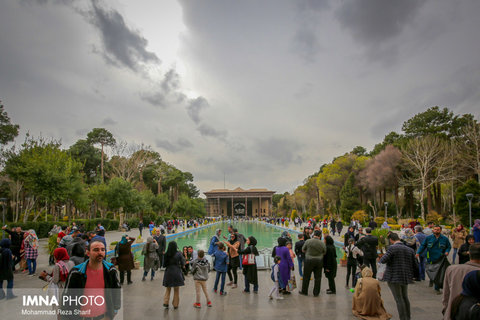
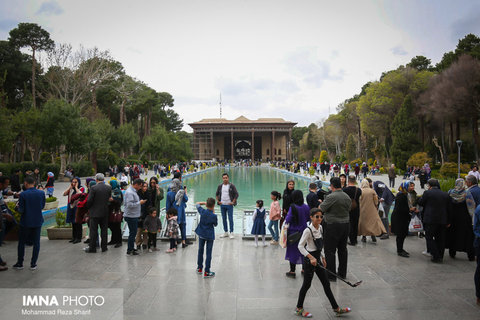

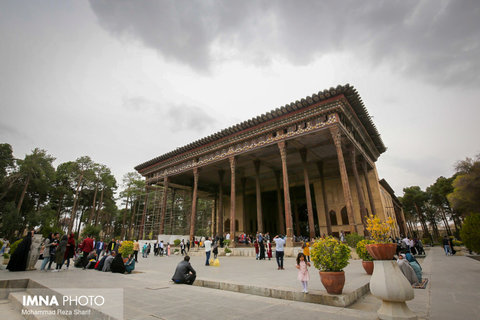
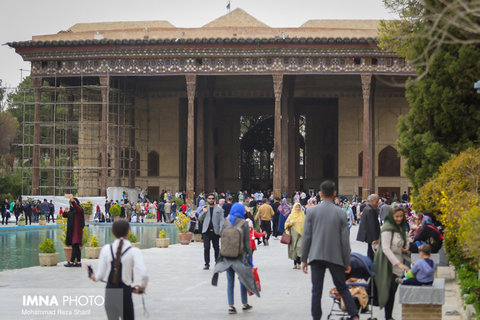
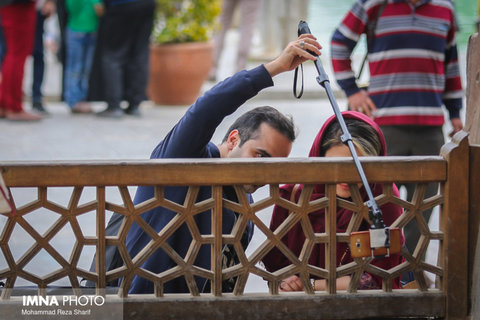
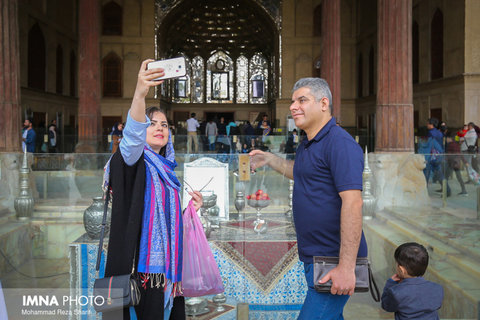
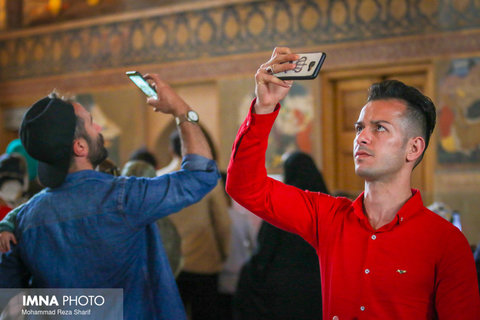
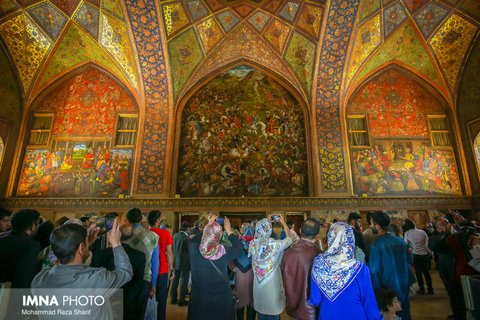
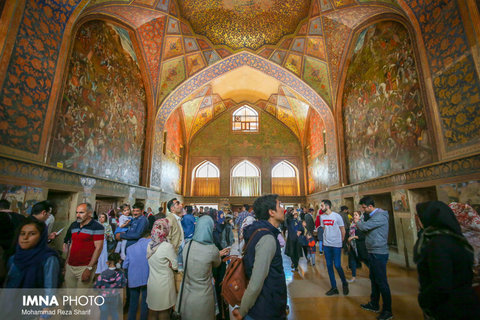
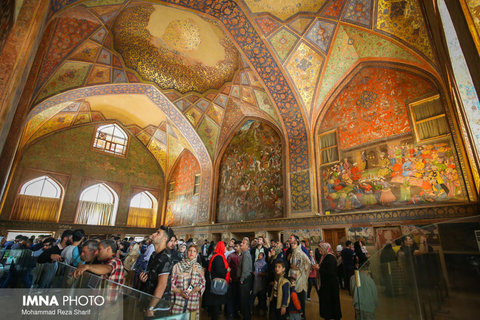
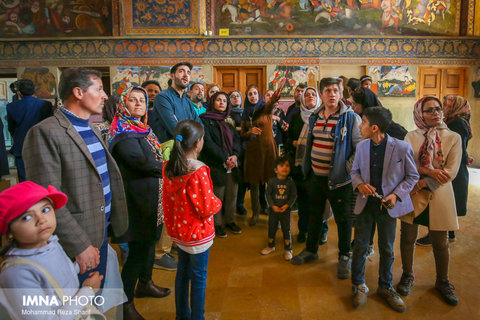

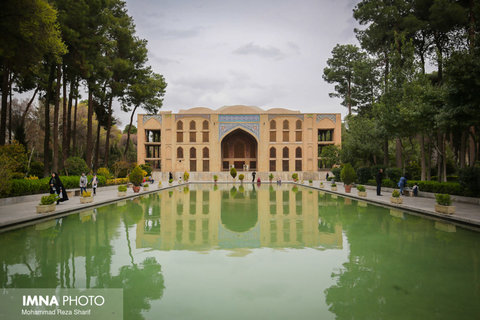
Your Comment